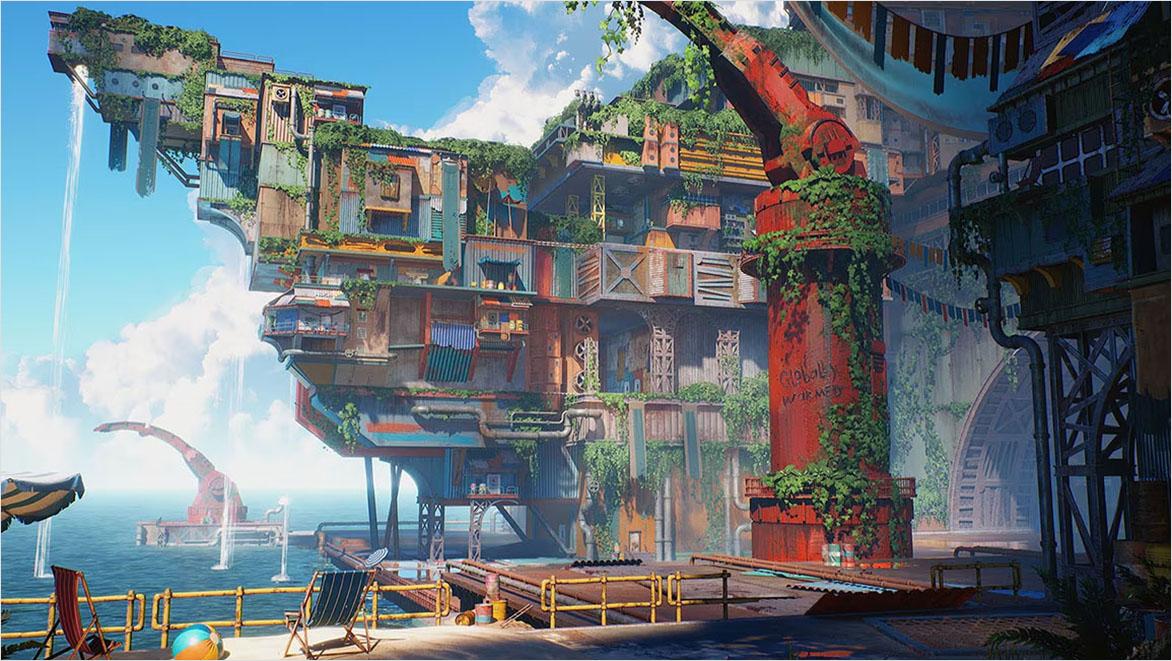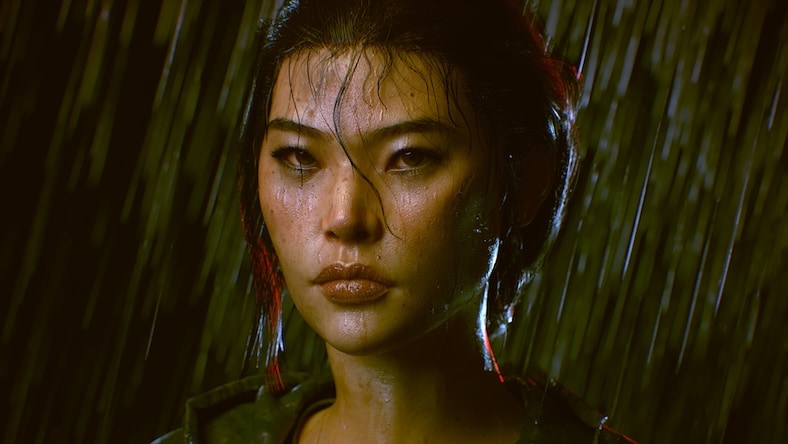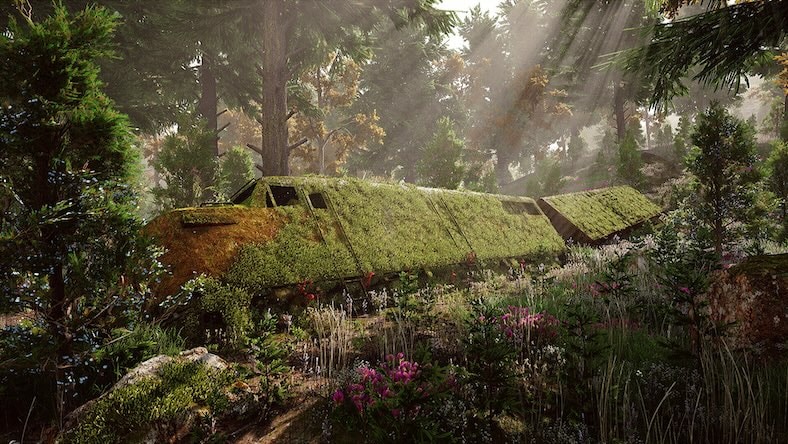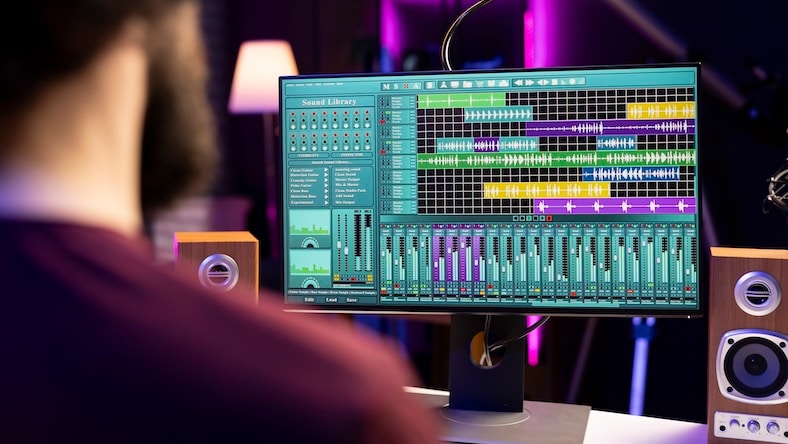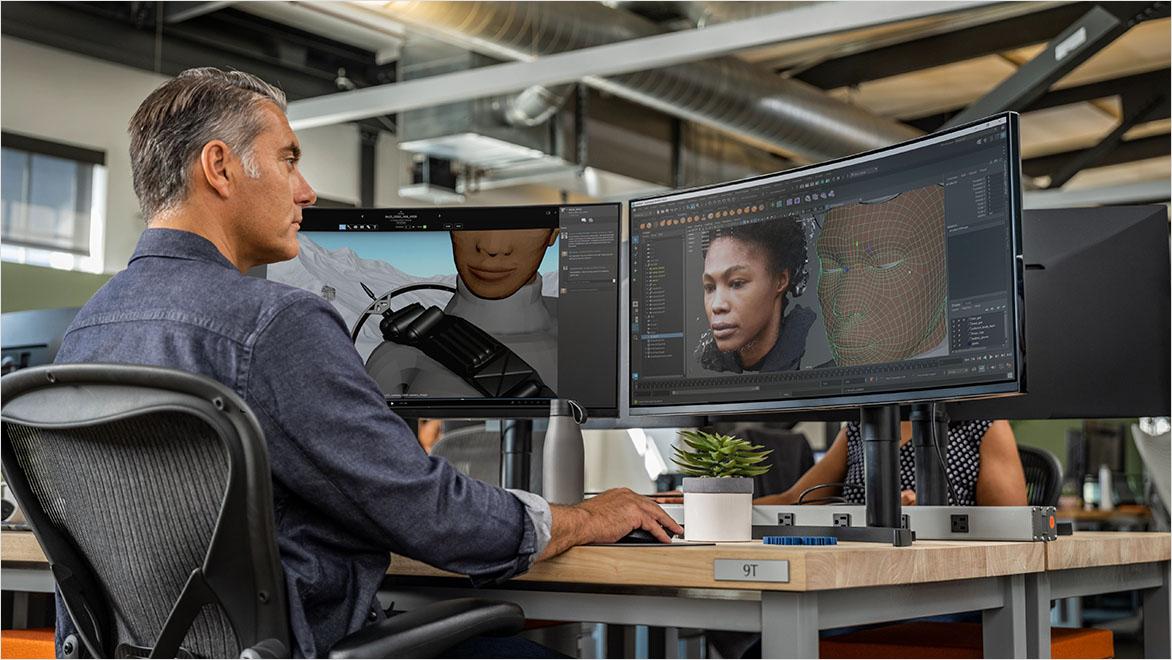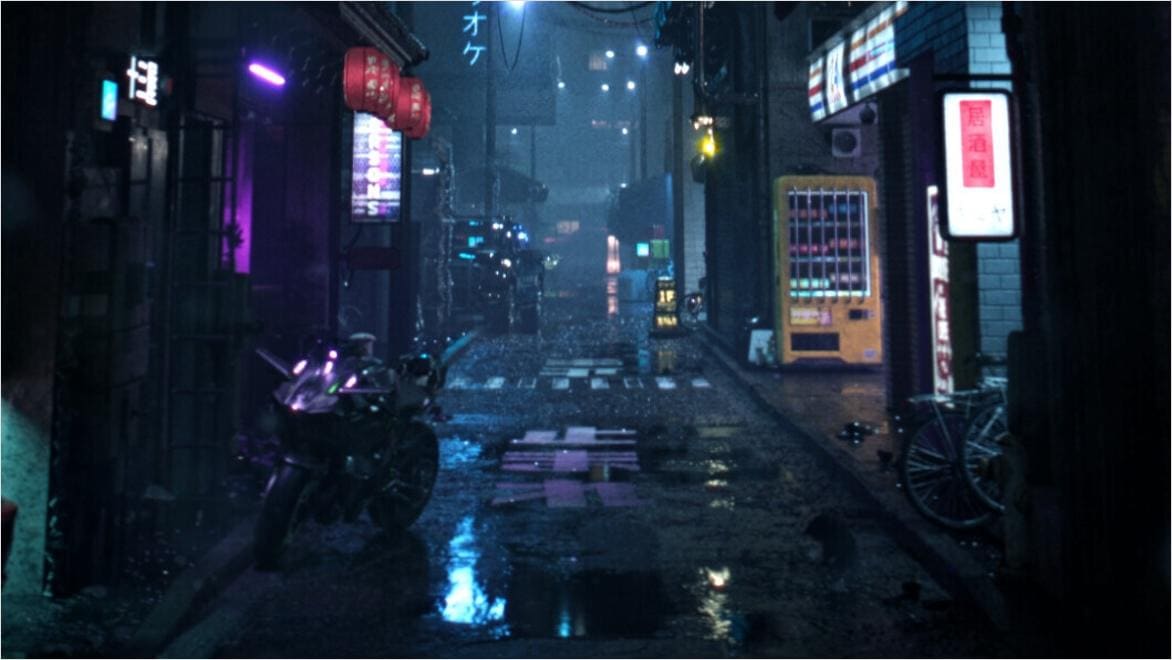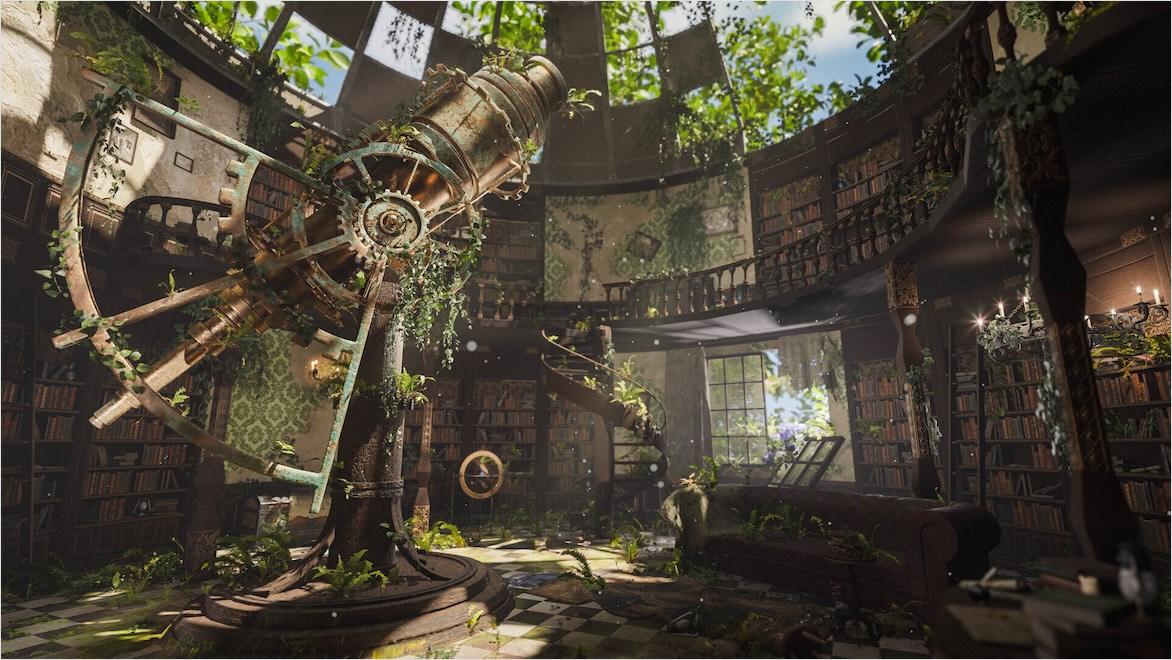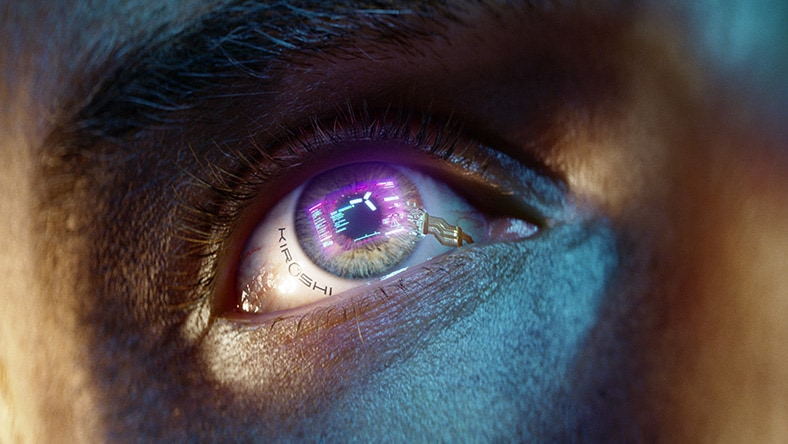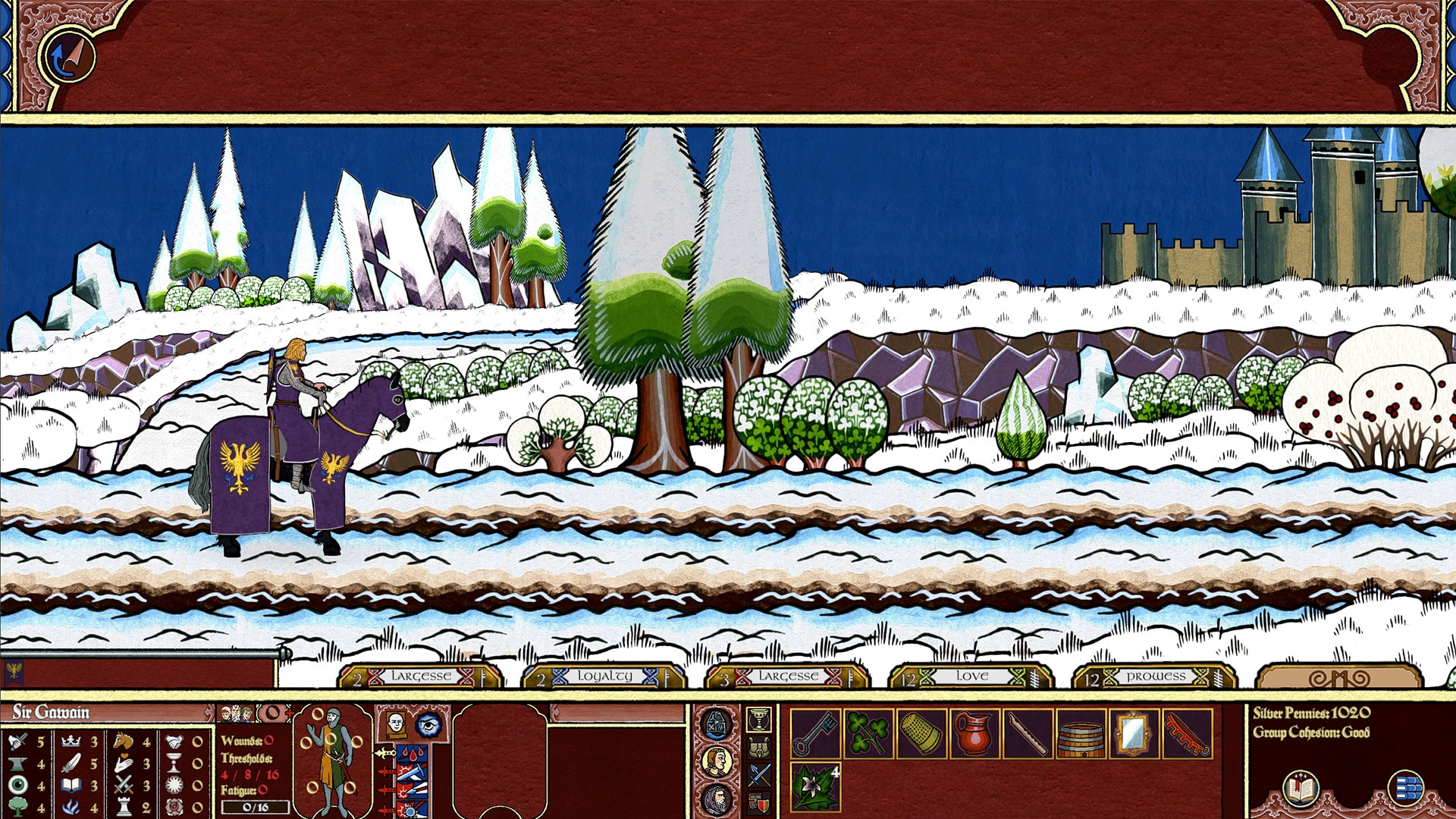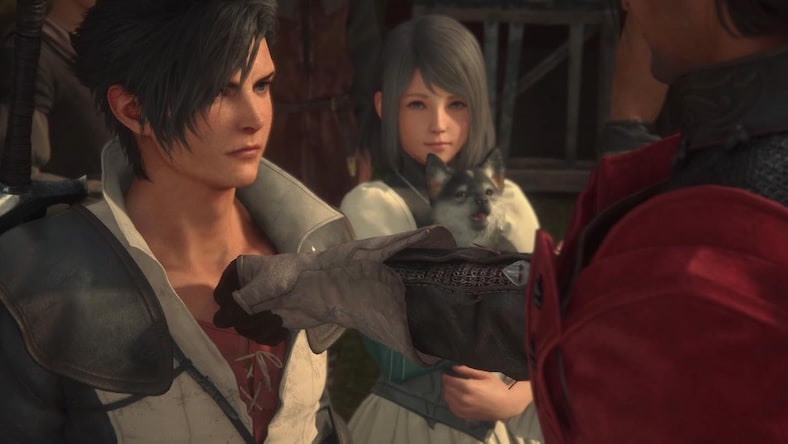& Construction

Integrated BIM tools, including Revit, AutoCAD, and Civil 3D
& Manufacturing

Professional CAD/CAM tools built on Inventor and AutoCAD
Video game assets are the pieces of digital content that go into a game, including visual design and media files, animations, sounds, and any other assets for game development.
The term game assets covers every component that forms a complete video game, including:
Most video games have characters at their heart, whether player-controlled protagonists or non-player characters (NPCs). These characters are made of separate game assets including the actual visual design and animations.
Image courtesy of Gbin
Background game assets such as the landscape, terrain, or built environment that players traverse must be created with care to provide an immersive gaming experience.
Image courtesy of Michael Gerard
Sound effects are as important as visual game assets in creating mood and tone. These include both background music and action-triggered effects.
Game assets play a vital role in determining the overall look and feel of the game. When they complement each other, the different types of game assets come together to create the game's world.
Whether the game is perceived as light-hearted, tense, scary, or awe-inspiring is determined by how the game assets look and sound, and the overall mood and atmosphere they create.
Whether your game is set on an alien planet, in the Wild West, on a pirate ship, or in a post-apocalyptic landscape, stylized game assets create the setting and make it real for the player.
Modern video games require thousands of complex video game assets. The asset creation process typically begins with conceptualizing game assets, where artists illustrate 2D sketches of assets before stakeholders agree on a final concept. The 3D modeling process begins with a rough, low-poly software model. After approval, finer details will be fleshed out with a high-poly mesh that’s closer to a finished model, typically done in software like Autodesk Maya or 3ds Max.
Next, it’s time to add texture to game assets, where 2D images of colors, patterns, and other details are wrapped around the polygonal geometries of the 3D model to make them look realistic. Further realism can come from adding lighting and shading effects.
Certain video game assets, such as character models, also need to be rigged and animated to control in-game dynamics. Maya is industry-trusted software for animations—game assets that lay out the movements of other assets like characters or machinery. As a final step, game developers optimize game assets for the best performance on a particular game system, such as a console or a PC. Optimizing assets may include compressing the size of game asset files so they’re not too large to run smoothly on a game system.
When you create video game assets, consider the type of game you’re making and what type of assets you require. One basic choice is whether your game will be 2D or 3D—if the latter, you’ll need 3D game assets built around models. 2D games require simpler, flat images to represent characters and in-game objects, so 2D game assets can be faster to develop.
Game characters drive emotional investment. Autodesk game asset creation software provides a wealth of character creation tools to bring your ideas to life, from low-poly creatures to highly detailed heroes.
Whether you’re animating a high-octane race car or the fluffiest kitten, Autodesk Maya has the animation toolset to bring your 3D game assets to life.
Autodesk game asset creation software’s robust modeling tools help you build stunning, immersive worlds that captivate and engage players.
Because developers need to evaluate and iterate many video game assets quickly, Autodesk software is optimized for super-fast viewport playback and game content revisions.
When thousands of 2D or 3D game assets are needed to create a world, procedural workflow tools can help quickly scale up asset creation to the highest level.
Autodesk game asset creation software offers ready-to-use tools so you can start creating right away, while also providing the flexibility to expand your pipeline as needed.
Scale your studio’s rendering and simulation capabilities, while equipping artists with powerful modeling and animation tools
While you may be creating video game assets to use in your own game, you can also sell them through online game asset marketplaces. Similarly, you can visit these marketplaces to obtain assets from third parties for use in your own games. There are many marketplaces for game assets, providing a space to buy and sell 2D and 3D characters, icons, sound effects, and background assets.
CD PROJEKT RED
When making vast animation libraries for Cyberpunk 2077, CDPR relied on the complementary workflows of MotionBuilder for speedy motion capture previews and Maya for complex animated detail.
Image courtesy of CD Projekt Red
ARTIFICE STUDIO
To create their latest game, Legends of the Round Table, the Artifice Studio team of 15 found that Autodesk’s Maya Creative was the best solution for their medieval-inspired art.
Image courtesy of Artifice Studio
SQUARE ENIX
Learn how one of the most renowned video game development companies relied on Autodesk Flow Production Tracking (formerly ShotGrid) to track game assets throughout the development of FINAL FANTASY XVI.
Image courtesy of Square Enix Ltd.
See how a small indie team developed high-fidelity assets to transport players of Unsung Empires: The Cholas into the world of ancient India.
Learn how you can stream animation data from Autodesk Maya to Unreal in real time, allowing you to work on character game assets in Maya while seeing a preview inside Unreal as you make changes.
Learn how this third-party game studio maintains its core values of adaptability, sustainability, and growth with the help of Autodesk solutions.
Proxima Studio founder Harvey Newman shares his top tips for starting an indie game studio.
Check out AREA to find artwork, member spotlights, and more from our beloved community of 3D artists.
Cygames, a premier video game development studio, harnessed innovative modeling tools and techniques to craft a highly stylized and immersive visual experience.Get all the news, artist interviews, and game development career advice on Autodesk’s visual arts blog.
A game asset is any deliverable content item for a video game, including 3D models, textures, animations, and sounds. An example of a video game asset is one of the rings of power in a Lord of the Rings video game—but it could also be the character who wears the ring, the texture layer on the ring that makes it shiny, the sound that plays when the ring goes on, or the animation of a character putting on the ring.
Some software tools needed to create game assets include programs for making concept art and textures such as GIMP (2D) and Autodesk Mudbox (3D); 3D modeling programs such as Autodesk Maya and 3ds Max; character animation software like Autodesk MotionBuilder; and game asset management/project management software like Flow Production Tracking.
Once you know the basics of one or more software programs mentioned above, game asset creation unfolds in the following steps: conceive, model, texture, rig, animate, and optimize.
The first game asset creation step may involve researching and brainstorming ideas and creating concept art. If you’re working with a team, modeling may include exchanging ideas and suggestions among them. The same goes for texture mapping and animating.
After those steps, optimization involves compressing the size of the game asset model and texture files so that they load and perform efficiently in a game engine.
